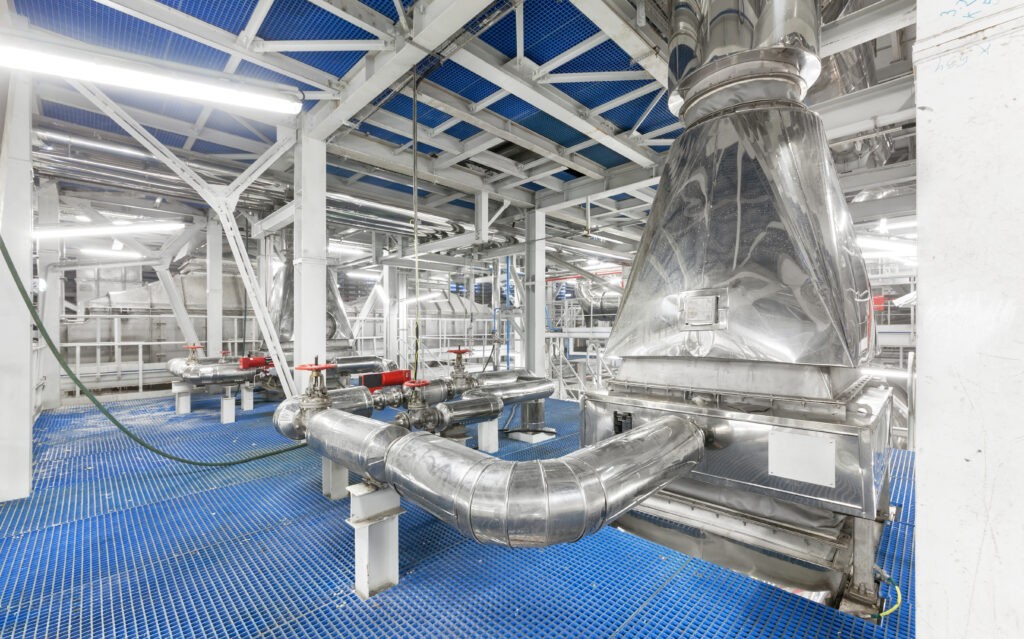When it comes to manufacturing high-quality oil bottles, choosing the right mold is crucial. A capacity 1.5L oil bottle mold plays a significant role in ensuring precision, durability, and efficiency in production. But what exactly should you consider when selecting or designing such a mold? In this article, we will explore the essential aspects of the capacity 1.5L oil bottle mold, from its materials and design to manufacturing processes and industry applications.
What Is a Capacity 1.5L Oil Bottle Mold?
A capacity 1.5L oil bottle mold is a specialized tool used in plastic bottle manufacturing to produce bottles with a 1.5-liter volume capacity. These molds are typically made from high-grade materials such as steel or aluminum to withstand repeated use in injection or blow molding machines. The design of the mold ensures that each bottle meets precise size and weight specifications, maintaining consistency in production.
Materials Used in 1.5L Oil Bottle Molds
Selecting the right material for a capacity 1.5L oil bottle mold is vital for longevity and performance. Common materials include:
-
Stainless Steel: Offers excellent durability, corrosion resistance, and precision.
-
Aluminum: Lightweight and cost-effective but less durable than steel.
-
Beryllium Copper: Provides superior heat conductivity, reducing cooling time in the molding process.
Each material has its advantages depending on production needs and budget constraints.
Design Features of a Capacity 1.5L Oil Bottle Mold
The design of the mold affects the final product’s quality and production efficiency. Key design features include:
-
Cavity Configuration: Single or multi-cavity molds influence production speed and consistency.
-
Neck Finish: Determines compatibility with different caps and closures.
-
Wall Thickness Control: Ensures even distribution of material, preventing weak points in the bottle.
-
Cooling Channels: Improve cycle time by efficiently managing heat dissipation.
Manufacturing Process of 1.5L Oil Bottle Molds
The production of a capacity 1.5L oil bottle mold involves several precise steps:
-
Design and Prototyping: Using CAD software to create a detailed 3D model of the mold.
-
Material Selection: Choosing the appropriate metal for durability and performance.
-
CNC Machining and EDM Processing: Cutting and shaping the mold with high precision.
-
Polishing and Finishing: Ensuring smooth surfaces for defect-free bottle production.
-
Quality Testing: Verifying dimensions, pressure resistance, and cooling efficiency before mass production.
Types of Molding Methods for 1.5L Oil Bottles
There are different molding methods used to create capacity 1.5L oil bottles, including:
-
Injection Molding: Suitable for complex shapes and precise details.
-
Blow Molding: Most common for bottle production, offering high efficiency.
-
Extrusion Blow Molding: Ideal for large-scale production with cost-effective outcomes.
Applications of 1.5L Oil Bottles in Various Industries
The capacity 1.5L oil bottle mold is widely used in multiple industries, including:
-
Edible Oil Industry: Packaging for cooking oils such as sunflower, olive, and soybean oil.
-
Lubricant Industry: Containers for automotive and industrial lubricants.
-
Chemical Industry: Storage solutions for chemical liquids and cleaning agents.
-
Food & Beverage: Used for syrups, sauces, and liquid-based products.
How to Choose the Right Capacity 1.5L Oil Bottle Mold?
Selecting the best mold involves evaluating several factors:
-
Production Volume: Higher volumes require multi-cavity molds for efficiency.
-
Material Compatibility: The mold should support different plastic materials such as PET, HDPE, or PP.
-
Customization Needs: If branding and unique shapes are required, custom mold design is necessary.
-
Cost vs. Durability: Balancing budget with long-term performance.
Common Issues and Troubleshooting in 1.5L Oil Bottle Molding
Despite advanced technology, some challenges may arise in the molding process:
-
Uneven Wall Thickness: Adjust cooling and injection speed for consistency.
-
Bottle Warping: Optimize temperature control to prevent deformation.
-
Air Bubbles or Voids: Ensure proper venting in the mold design.
-
Slow Production Cycle: Improve cooling efficiency and optimize mold material.
Future Trends in 1.5L Oil Bottle Molding Technology
The industry is constantly evolving with advancements such as:
-
Sustainable Materials: Biodegradable plastics and recycled PET usage.
-
Smart Molding Techniques: AI integration for real-time quality control.
-
3D Printing for Prototyping: Reducing lead time and development costs.
-
Enhanced Cooling Systems: Shortening cycle times for higher efficiency.
Conclusion
A capacity 1.5L oil bottle mold is an essential component in the plastic manufacturing industry, ensuring efficiency, precision, and quality in bottle production. From material selection and mold design to the manufacturing process and industry applications, understanding these factors helps manufacturers optimize production and reduce costs. As technology advances, adopting innovative mold designs and sustainable materials will further enhance the efficiency and eco-friendliness of oil bottle manufacturing. Whether you are looking to invest in a new mold or improve existing production, considering these insights will help in making informed decisions.
https://www.quanmold.com/Blow-Mold
Quan Quest

